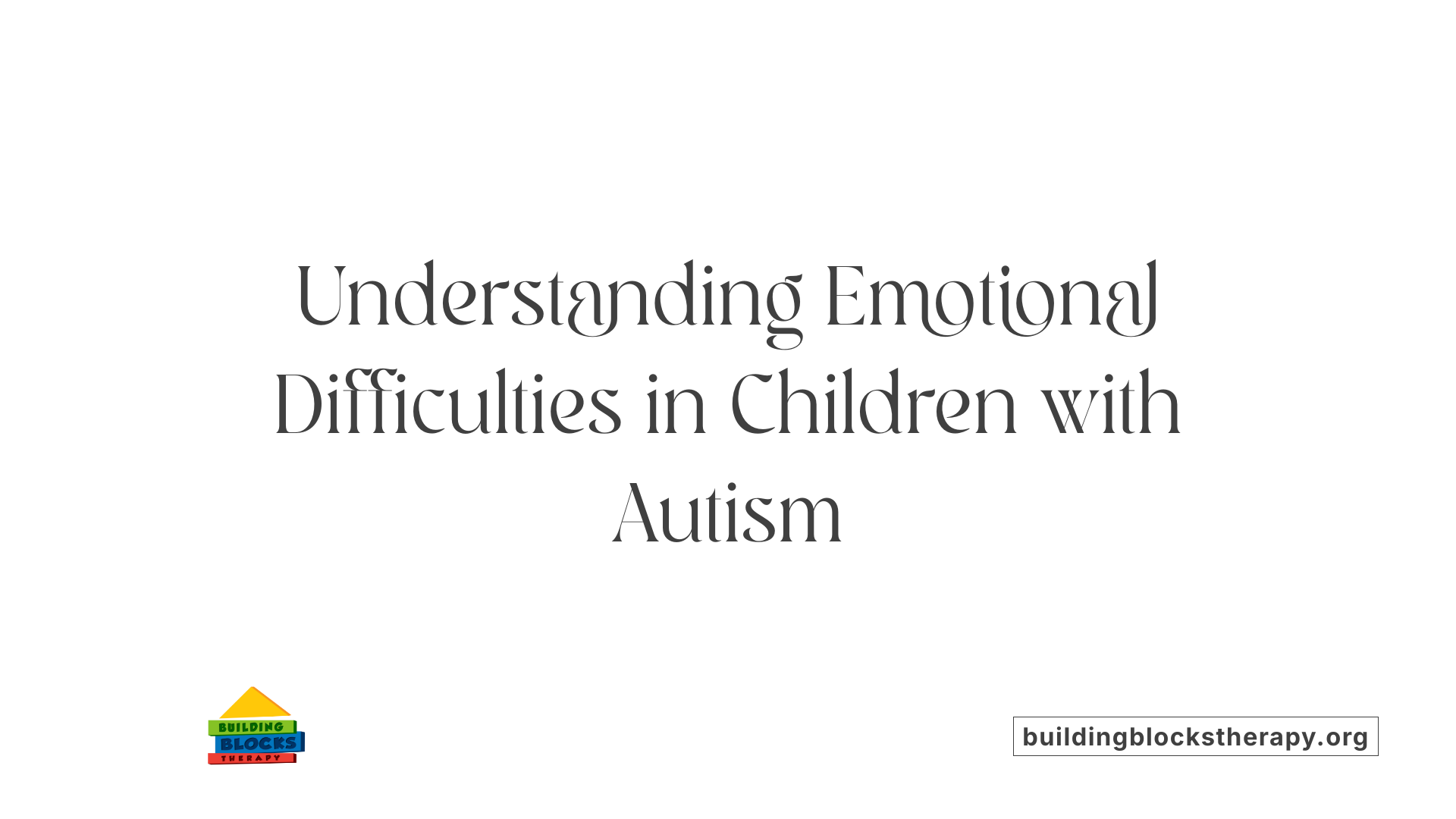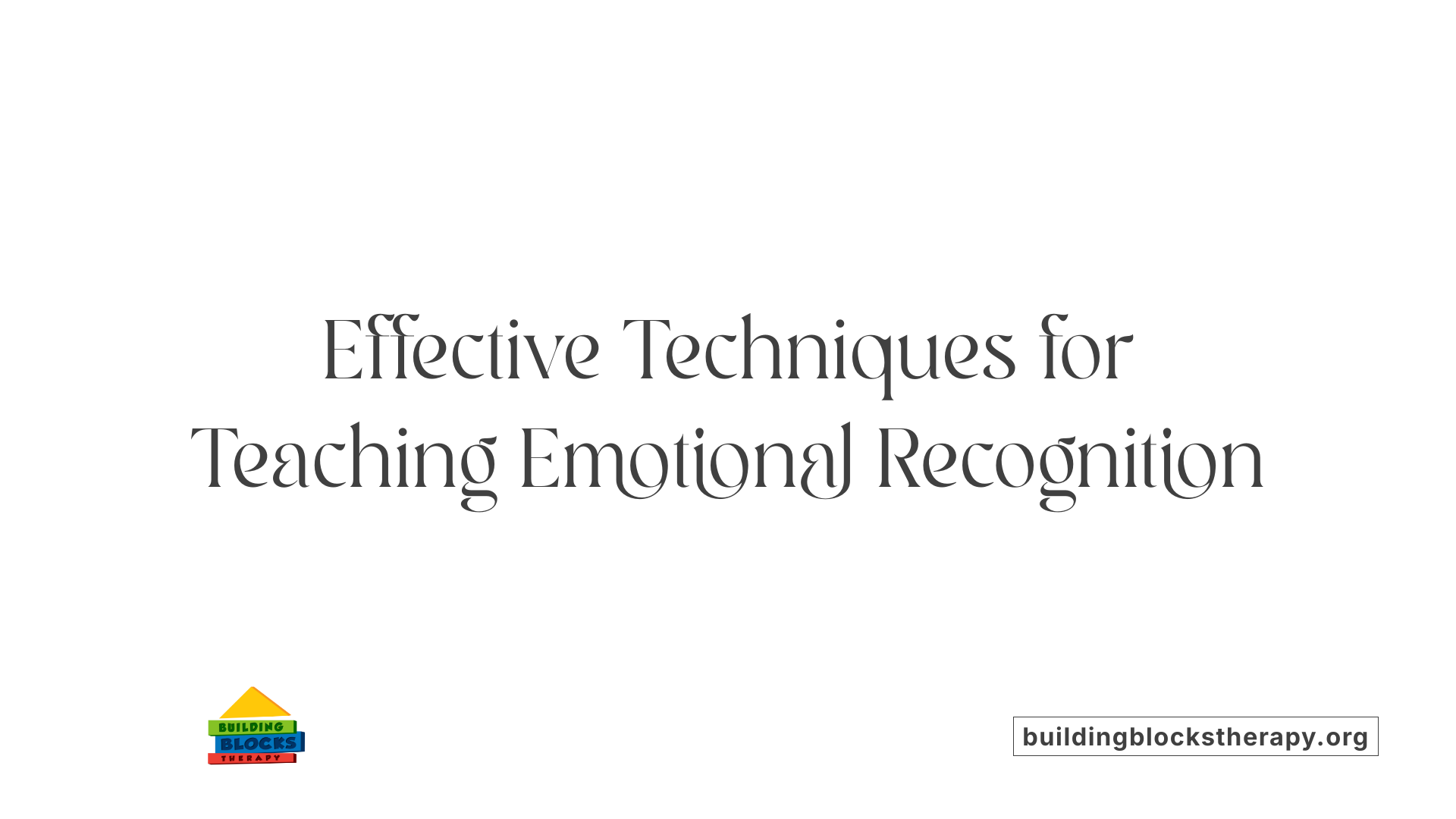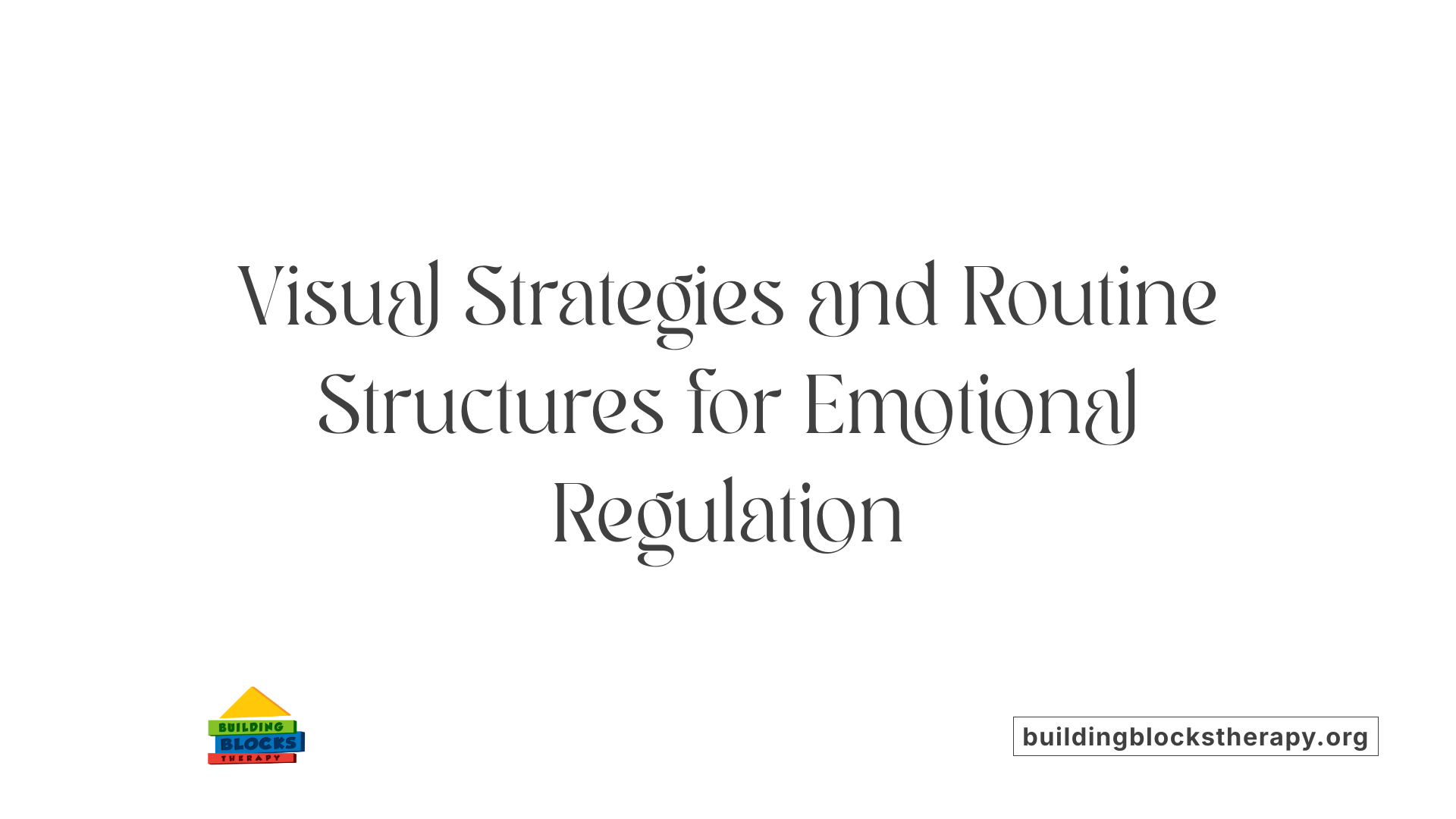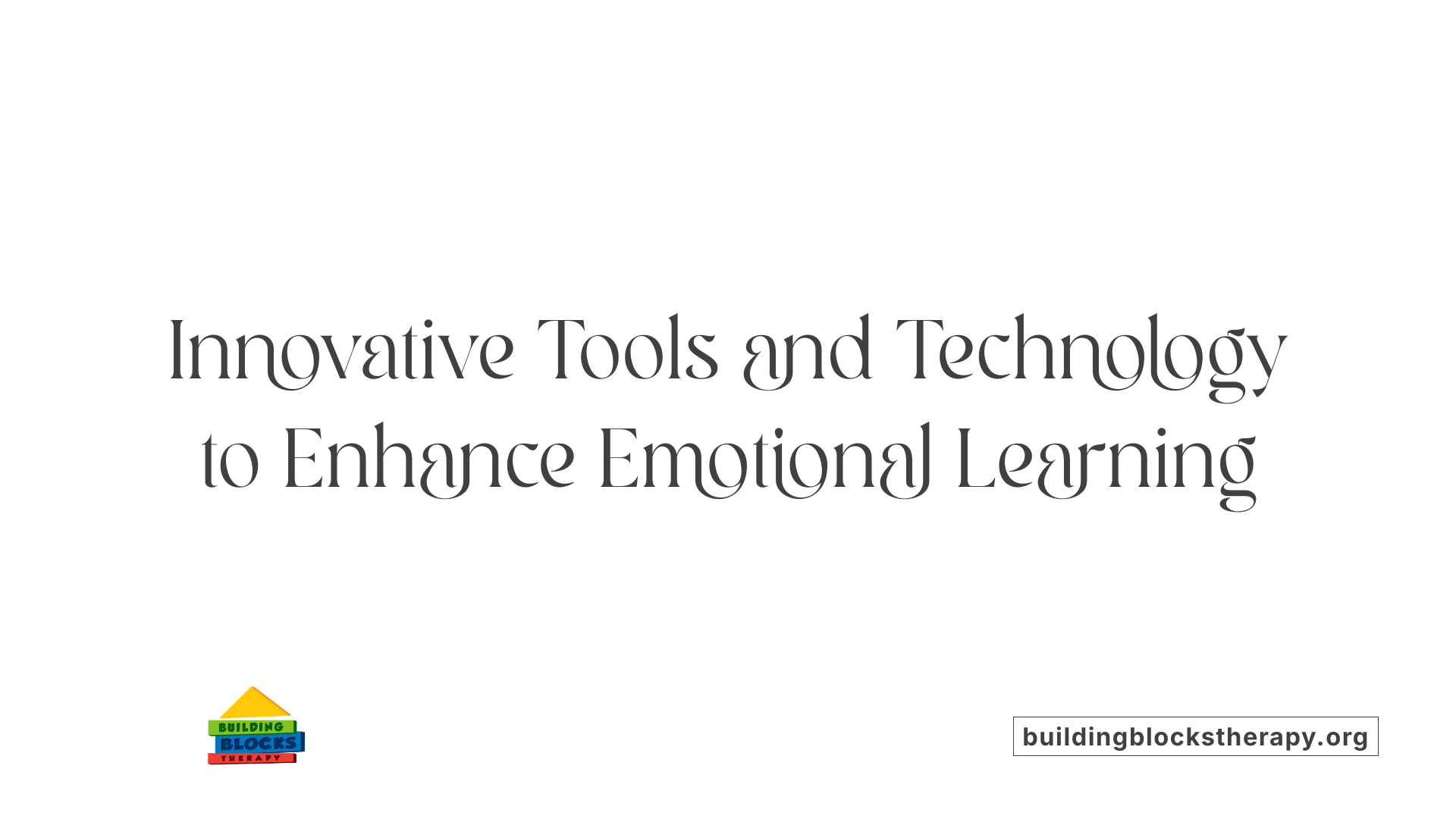Understanding Emotions in Autism: Challenges and Pathways
Children with autism spectrum disorder (ASD) often face significant difficulties in recognizing, understanding, and regulating emotions. These challenges impact their social interactions and emotional well-being. Recognizing these difficulties and implementing targeted strategies can foster emotional growth, improve communication, and enhance overall quality of life for autistic children.
Overview of Emotional Challenges Faced by Children with Autism

Do children with autism struggle with recognizing emotions?
Children and teens with autism often face significant difficulties in recognizing and interpreting emotional cues. They may find it hard to read facial expressions, body language, and voice tonality, which are crucial for understanding how others feel. This can impact their ability to connect socially and respond appropriately in various situations.
Research shows that only about 5% of non-autistic individuals experience trouble recognizing emotions, whereas this difficulty is seen in roughly 50% of autistic individuals, indicating a substantial challenge. Many children with autism need explicit teaching methods such as visual cues, social stories, and targeted activities to improve their understanding of emotions.
Why do children with autism have difficulty regulating their emotions?
Emotion regulation in autism can be particularly challenging due to biological and neurological differences. These individuals often experience sensory processing differences, heightened arousal levels, and neural circuitry issues, which can lead to emotional overload or delayed responses.
Impairments like alexithymia—a difficulty in identifying and describing emotions—are common, making it even harder for children to manage their feelings. Consequently, they might exhibit behaviors such as tantrums, hitting, self-injury, yelling, or withdrawal, which are often signs of emotional dysregulation.
What are the behavioral signs of emotional dysregulation?
Behavioral cues indicating emotional dysregulation include:
- Tantrums and meltdowns
- Hitting or aggressive acts
- Self-injury
- Yelling or shouting
- Social withdrawal or avoidance
- Extreme silliness or repetitive behaviors (stimming)
These behaviors typically occur when a child feels overwhelmed, overstimulated, or unable to communicate their feelings effectively.
How do these emotional difficulties affect social interactions?
Difficulties recognizing and managing emotions can hinder a child's ability to form and maintain friendships. They may misinterpret social cues, react inappropriately, or struggle to express their own feelings, leading to social isolation.
Furthermore, emotional dysregulation often contributes to anxiety and depression, affecting overall well-being. Addressing these emotional challenges through targeted interventions is vital for supporting social and emotional development in children with autism.
| Aspect | Challenges | Supporting Strategies |
|---|---|---|
| Emotional Recognition | Difficulty identifying emotions in self and others | Visual supports, social stories, emotion cards |
| Emotional Regulation | Impulsivity, tantrums, self-injury | Calm-down activities, mindfulness, modeling, structured routines |
| Behavioral Signs | Outbursts, aggression, withdrawal | Early recognition and response, personalized calming strategies |
| Social Impact | Struggling with friendships and social norms | Social skills training, peer interaction, empathy exercises |
Understanding and addressing these emotional aspects are essential steps toward improving social interactions and emotional well-being for children with autism. Practice, patience, and tailored interventions can facilitate meaningful progress in emotional recognition and management.
Strategies for Teaching Emotional Recognition and Labeling

Use of visual supports like emotion cards and pictures
Visual aids play a central role in helping children with autism recognize and understand emotions. Tools such as emotion cards, picture books, and photographs depicting exaggerated facial expressions provide concrete representations of feelings. For example, matching cards showing a smiling face with images of happy situations helps children associate expressions with specific emotions.
Visual supports like the Incredible Five Point Scale or emotion ladders visually map emotional intensity, guiding children to identify and label their feelings accurately. These tools not only improve recognition but also foster communication and self-awareness.
Labelling emotions in context during daily activities
Teaching children to label emotions within real-life contexts enhances their understanding and generalization of emotional concepts. For instance, during a play session or while observing a scene, caregivers can describe what the child or others might be feeling, such as, "You look happy because you’re playing with your favorite toy" or "She seems upset because she didn’t get her turn."
Incorporating emotion labels into routine activities, mealtime, or social interactions helps children see the relevance of emotions in everyday life. Using visual supports during these moments reinforces learning and helps children connect facial expressions and body language with emotional feelings.
Role-playing and social stories for practice
Role-playing activities and social stories are effective methods for practicing emotional recognition and appropriate responses. Through role-play, children act out different scenarios, such as comforting a friend or expressing frustration, which reinforces understanding of emotions.
Social stories illustrate specific situations, guiding children on how to recognize and respond to emotional cues. For example, a story might depict a child feeling angry after losing a game and demonstrate calming strategies. Repetitive and engaging, these stories help children internalize social norms and emotional responses in a structured, predictable way.
Recognition of facial expressions and body language
Children with autism often find it challenging to interpret non-verbal cues like facial expressions, gestures, and body posture. Teaching them to recognize these cues is vital for social interaction. Activities include matching faces to emotions, observing videos or photos of individuals expressing different feelings, and discussing what these cues might mean.
Caregivers are encouraged to observe and comment on body language and facial expressions during interactions, helping children connect physical signs to emotional states. For example, noting that a person’s clenched fists or crossed arms might indicate anger or frustration.
Generalizing skills to real-life situations
Once children demonstrate understanding in structured activities, the next step is generalization to natural settings. This involves practicing emotion recognition during outdoor play, family outings, or during community activities.
Using conversation prompts, children can identify how others might feel in different scenarios, such as seeing someone upset at a playground. Consistent practice in diverse environments ensures these skills transfer beyond the therapy or classroom setting.
| Strategy | Tools and Activities | Benefits |
|---|---|---|
| Visual Supports | Emotion cards, pictures, storyboards | Concrete representations; enhances recognition and expression |
| Contextual Labeling | Daily routines, scenarios, interactive discussions | Reinforces relevance to real life; fosters generalization |
| Role-play and Social Stories | Acting out scenarios, story reading | Builds empathy, response skills, and understanding |
| Recognizing Facial and Body Cues | Matching activities, videos, observation | Improves decoding of non-verbal social signals |
| Real-life Practice | Outdoor activities, community outings | Promotes transfer of skills across settings |
Can autistic people learn to understand and recognize emotions?
Autistic individuals are often not naturally intuitive in reading emotions but can learn these skills through structured interventions. By explicitly teaching emotion labels, recognizing facial expressions, and practicing in meaningful contexts, many can develop these abilities successfully.
Research supports that with targeted support, children and adults with autism can improve their understanding and interpretation of emotions, which enhances social interactions and emotional well-being.
What activities support emotional development in children with autism?
Activities such as emotion recognition exercises using visual aids, social stories, role-playing, and interactive games help children learn to identify feelings. Sensory tools like calming kits or mindfulness practices support emotional self-regulation.
Engaging children in emotional journaling or discussion prompts fosters vocabulary expansion and self-awareness. Using digital resources, including social robots like QTrobot, can boost engagement, especially in children who prefer predictable, rule-based activities.
Are there specific strategies or resources to improve emotional understanding and expression in children with autism?
Yes, employing emotion charts, activity cards, and visual tools like the Five Point Scale helps children recognize and connect with their feelings. Social stories and role-plays simulate social scenarios, offering safe practice environments.
Integrating professional support—psychologists, therapists, or pediatricians—can tailor approaches for individual needs. Technological tools like animated series, social robots, and apps further support learning in an engaging way.
Through these strategies, children with autism can significantly enhance their ability to understand, recognize, and express emotions, leading to better social skills and emotional health.
Implementing Visual Supports and Routine Structures

How can I teach children with autism coping skills for emotional regulation?
Teaching children with autism how to manage their emotions effectively is essential for their social and emotional growth. Practical strategies include introducing calming techniques such as mindfulness exercises, deep breathing, and taking timed breaks when they feel overwhelmed. Using visual aids like emotion charts, social stories, and visual schedules helps children recognize emotions and understand what coping methods are available.
It is important to tailor these tools to each child's needs. For example, some children benefit from visual countdown timers, calm-down kits, or specific routines that signal a break or calming activity. Consistently practicing these strategies in familiar routines reinforces their effectiveness and builds independence in emotional regulation.
Modeling calm behavior yourself, describing your own coping methods, and creating a predictable environment also contribute significantly to developing emotional skills. When children understand they have a safe and structured way to handle stress, their confidence in managing their feelings improves.
How can I help my autistic child develop empathy?
Fostering empathy in children with autism requires consistent, explicit teaching. Use modeling to demonstrate empathetic reactions, such as showing concern or offering help when someone nearby expresses distress. Role-playing social scenarios with prompts like 'Are you okay?' or 'How can I help you?' can make empathy more concrete.
Incorporating visual supports is particularly effective. Use photographs or video clips that depict facial expressions and social cues associated with different emotions. Encourage your child to observe and imitate these expressions, linking them to real-life contexts.
Reinforce empathetic responses through praise or reward systems, which motivate children to practice these skills. Engage them in structured activities involving family, peers, or teachers where they can practice recognizing and responding to others’ feelings.
Remember, developing empathy is a gradual process. Patience, repeated practice, and positive reinforcement help children internalize emotional understanding. Tailored interventions and individual attention maximize progress.
What activities support emotional development in children with autism?
Supporting emotional growth involves a blend of structured activities and sensory strategies. Using emotion recognition tools like charts, flashcards, and social stories helps children learn to identify and understand emotions across various situations.
Activities such as role-playing, drama, and emotions charades promote expressive and receptive understanding of feelings. Incorporating visual media—videos and pictures depicting different facial expressions and situations—makes learning engaging and relatable.
Sensory and self-regulation tools are vital. Fidget toys, calming LED lights, weighted blankets, and designated calm zones help children manage sensory overloads and emotional distress.
Encouraging emotional journaling or discussion prompts stimulates vocabulary development and self-awareness. When children are allowed to express their feelings through drawings, storytelling, or digital apps tailored for autism, they enhance both their emotional recognition and verbal skills.
Integrating children’s personal interests and providing opportunities for social interaction through structured group activities or social robots, such as QTrobot, can boost engagement and emotional understanding.
Visual supports and structured routines for effective emotional regulation
Implementing visual supports like emotion cards, social stories, and visual schedules makes abstract emotional concepts more concrete. They help children recognize their feelings and understand appropriate responses.
Creating predictable routines reduces anxiety and provides a sense of control. Routine charts and visual timetables inform children what to expect, minimizing surprises that may trigger emotional outbursts.
Signaling emotional arousal through physical signs—such as facial flushing, tense muscles, or rapid breathing—can help children become more aware of their internal states. Teaching them to associate these signs with emotions encourages self-awareness.
Designated calming spaces, equipped with sensory tools like weighted blankets, soft lighting, or calming music, offer a refuge when emotional regulation is needed. These spaces serve as safe zones for children to cool down before returning to their activities.
Table of Strategies for Teaching Emotional Skills to Children with Autism
| Strategy | Description | Implementation Examples |
|---|---|---|
| Visual Aids | Use of emotion cards, social stories, and visual schedules to teach emotions | Flashcards showing facial expressions, visual daily routines |
| Routine Planning | Establishing predictable routines to lessen anxiety | Visual timetables, consistent daily activities |
| Physical Signs for Self-awareness | Teaching children to notice physical cues indicating emotional arousal | Recognizing signs like muscle tension, increased heart rate |
| Calming Spaces and Sensory Tools | Creating safe zones with sensory tools for regulation | Cool-down corners with weighted blankets, calming music |
| Active Engagement & Activities | Using role-playing, social robots, and interactive games to foster emotional skills | Role-play, QTrobot sessions, emotion charades |
Understanding and supporting children’s emotional regulation needs requires an integrated approach. Visual supports, routine stability, physical awareness, and calming environments collaboratively build their capacity to manage emotions effectively and enhance overall social functioning.
Using Engaging Tools and Technology for Emotional Learning

Are there specific strategies or resources to improve emotional understanding and expression in children with autism?
Yes, a variety of strategies and resources have proven effective in aiding children with autism to understand and express their emotions better. Employing visual aids is a fundamental approach—these include emotion recognition worksheets, emotion charts, and skill-specific tools such as emotion wheels. These resources help children identify and label their feelings as well as recognize emotions in others.
One impactful method involves using social stories and activity cards that depict different emotional states in various contexts. These tools aim to teach children to understand the situations that evoke specific emotions. Visual supports like emotion labels, cards, and ladder pictures enable children to match feelings with expressions and situations, facilitating a concrete understanding of abstract emotions.
Explaining how thoughts influence feelings helps deepen emotional comprehension. For example, illustrating that feeling angry might result from frustration or unfair treatment enhances awareness of emotional triggers.
Incorporating innovative technology, such as animation series like The Transporters, provides a highly engaging way for children to learn emotions. The Transporters uses vehicles as characters to depict 15 key emotions, including happiness, sadness, jealousy, and pride. The characters’ predictable and rule-based behaviors align with the strengths of children with autism, making complex social-emotional concepts more accessible.
Scientific research highlights the benefits of social robots like QTrobot, which are designed to improve emotional skills through structured interaction. Studies show that after multiple sessions with QTrobot, children display improved recognition of emotions and exhibit more appropriate emotional responses, along with reductions in anxiety and depression.
In addition to these, digital apps and interactive games serve as dynamic tools for emotional education. Many applications incorporate gamified activities, such as matching games, story-based scenarios, or interactive quizzes that reinforce emotion recognition and regulation skills.
These engaging tools are most effective when used under the guidance of professionals—psychologists, pediatricians, or educators—who can tailor activities to meet individual needs. When combined with traditional interventions like social skills training and behavioral therapy, technology can significantly enhance emotional learning.
Ultimately, the integration of visualization, storytelling, social robots, and technology-driven activities provides a comprehensive framework to foster emotional understanding and expression, which are crucial for social integration and personal development in children with autism.
Empowering Through Education
Enhancing emotional understanding and regulation in children with autism requires a multi-faceted approach that combines visual supports, routine consistency, targeted activities, and innovative technologies. With patience, tailored strategies, and the right resources, caregivers, educators, and therapists can significantly support autistic children in developing vital emotional skills, leading to improved social interactions, reduced behavioral challenges, and a stronger sense of well-being.
References
- Autism, Meltdowns, Managing Emotions
- Emotional regulation: Teaching autistic children to recognise their ...
- Helping Children With Autism Connect With Emotions - PBS
- How to teach emotion recognition and labelling to children with autism
- Emotion Regulation: Concepts & Practice in Autism Spectrum Disorder
- Autism and Emotions: How and Why Do Autistic People Process ...
- Emotional Regulation: 25 Ways to Help Your Autistic Child






